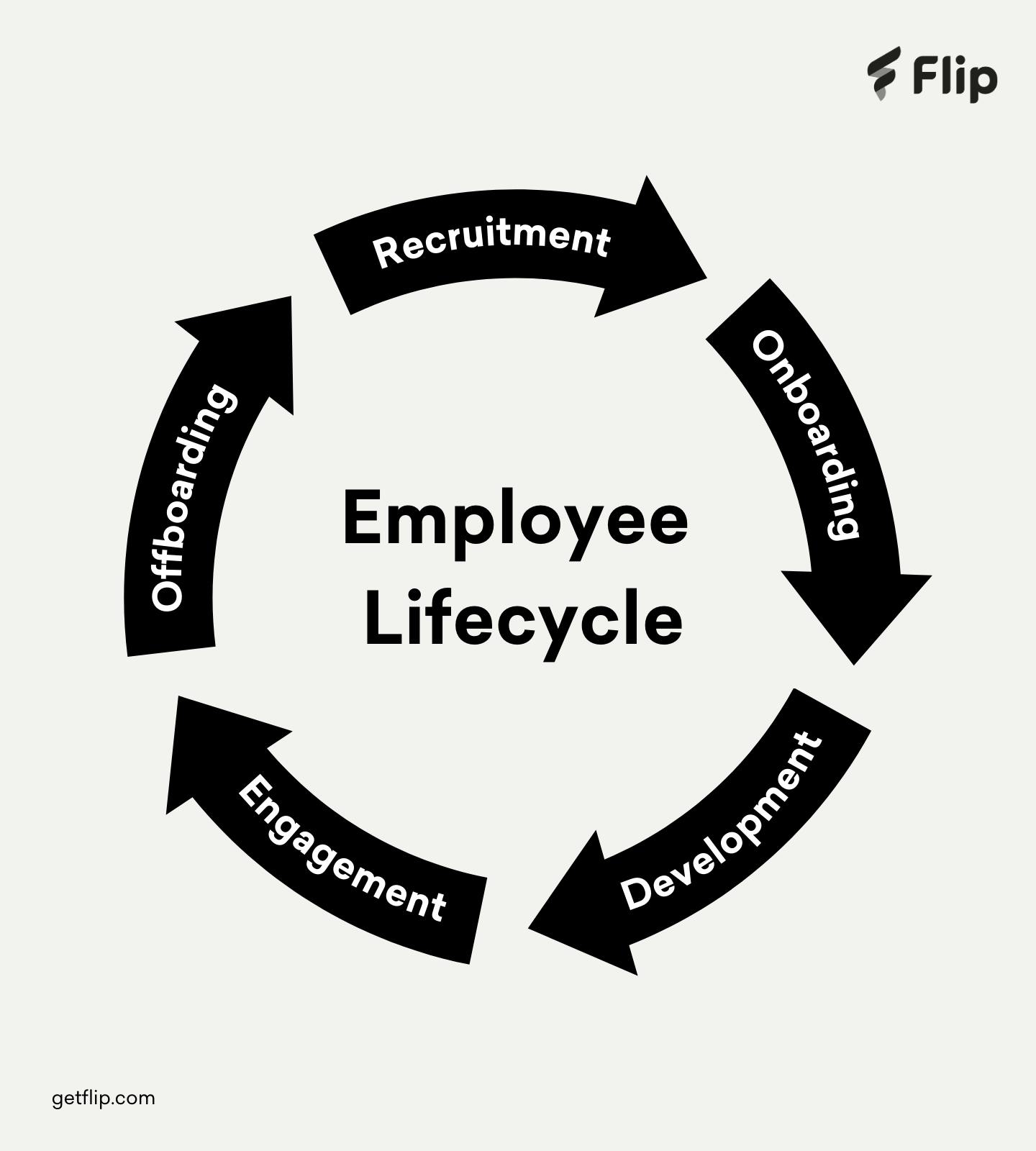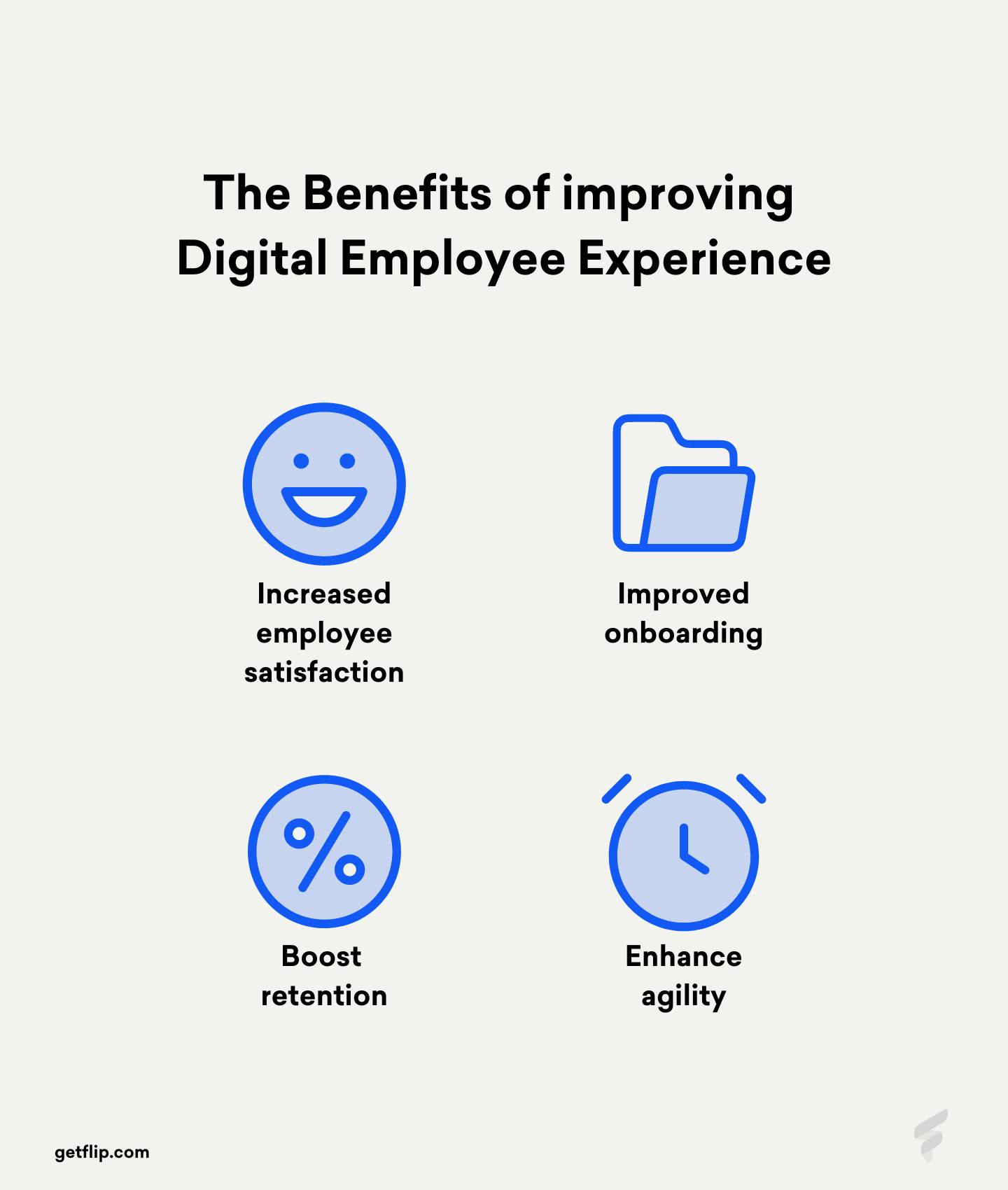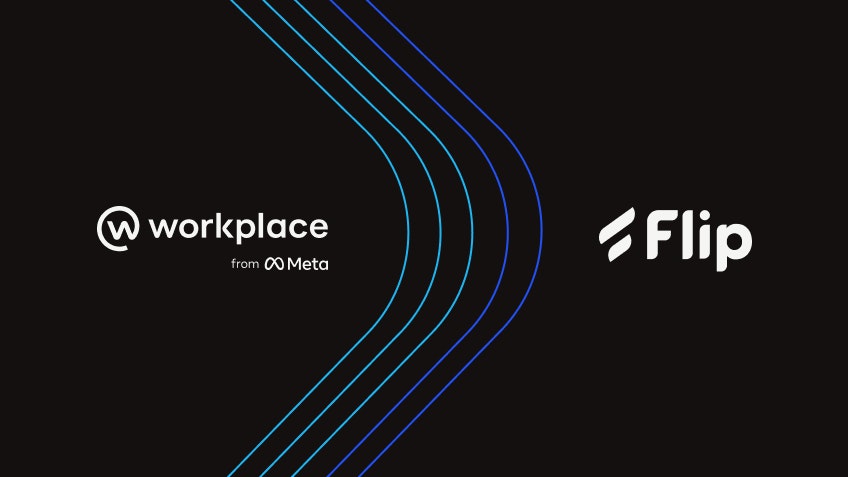12.10.2023
HR & New Work
7 min read


Employee experience: definition, tips, and industry examples
What is employee experience, and why is it an important element of business success? In this article, we’ll outline everything you need to know about EX, and how a good strategy will improve your employee engagement, reduce staff turnover, and ultimately, increase profits. What are you waiting for?
What is ‘employee experience’?
Employee experience is a broad term for how your workers feel about every touchpoint they have with their role and the company. In the realm of HR, it’s sometimes referred to as ‘EX’.
Employee experience has been recognised as a key business success factor, hence why the entire concept has become a discipline in its own right, with roles dedicated to it, such as an employee experience manager.
In this article, we’ll help you uncover what a good employee experience strategy looks like, and offer inspiration from examples in the field. To whet your appetite for EX right away, here are some compelling stats to consider:
What is employee experience management?
Employee experience management (sometimes also referred to as EXM) encompasses the active and intentional approach to positively shaping employee interactions in order to increase satisfaction and retention. It covers every touchpoint a worker has with your organisation, from their first interview to their performance review process, and beyond.
Effective EXM is often facilitated by an employee experience manager, typically within the HR department. This pivotal role encompasses a wide spectrum of responsibilities throughout the employee lifecycle, ranging from conducting feedback surveys and analysing data to implementing initiatives that enhance well-being and align EXM with broader business objectives.
A vital element of a good employee experience manager is understanding the employee lifecycle, and how it unfolds across five distinct stages:
- Recruitment
- Onboarding
- Development
- Engagement
- Offboarding
Each phase presents unique challenges and opportunities, underscoring the necessity for tailored strategies. For instance, optimising the Recruitment stage involves refining communication, expectation management, and candidate feedback, while fostering a sense of belonging and clear communication drives successful Onboarding.
To catalyse employee growth during the Development phase, a clear upskilling process, learning budget, and mentorship schemes come into play. Employee Engagement hinges on work-life balance, recognition, and effective communication, all of which profoundly impact overall satisfaction and productivity. As employees transition during Offboarding, a focus on constructive feedback and positive closure underscores the enduring influence of EXM on a company's brand reputation.
Ideally, you will have a dedicated employee experience manager or even an EXM team if you have a large organisation, to ensure that employee experience initiatives are being implemented, analysed, and improved. If you lack the resources for a dedicated role, then your HR team should at the minimum be educated on the employee lifecycle and have employee experience principles in mind.

What is the digital employee experience?
Now that you understand employee experience encompasses all touchpoints along a worker’s journey at the company, it’s time to think about the role that digitisation plays. Disengagement among employees worldwide is at alarming levels, but a good digital employee experience has been shown to make a difference.
Also known as DEX (are you sensing a theme yet?), digital employee experience is defined by Forrester as the way employees feel about all their interactions with technology at work. It’s no wonder that digitisation has such a big impact on our work lives, when it has such a transformative effect on our personal lives. This is, in part, why a poor digital employee experience can be so damaging for a business. Workers now expect seamless digital interactions and won’t settle for old, analogue ways of doing business. Despite this, 52% of employees think their existing software is outdated and cumbersome, risking both engagement and staff turnover.
The digital employee experience covers a wide range of daily interactions with tech, spanning from easy email access to virtual meetings. Its impact varies across industries and roles, catering to diverse needs. For instance, hybrid office workers grapple with asynchronous communication, while frontline employees want real-time access to rotas.
There are four major ways that digitisation can positively impact the employee experience:
- Automation: routine task removal and self-service requests.
- Remote work: video conferencing, messaging, and project management tools.
- Communication: instant messaging and asynchronous information sharing.
- Access: cloud-based platforms and knowledge-sharing.

The benefits of improving the digital employee experience are endless. From increasing employee satisfaction, to enhancing agility, good DEX nurtures a positive work culture and ensures that your employees have what they need to perform well.
How to empower frontline workers
So much advice on employee experience focuses on office workers or the challenges of a hybrid or remote knowledge workforce, but what about those on the frontline? An often unfairly forgotten segment, frontline workers have unique needs and requirements when it comes to employee experience.
Frontline employees, such as healthcare or hospitality workers who directly engage with customers, play a crucial role in various industries. These workers ensure customer satisfaction and act as brand ambassadors. Yet, they face unique challenges such as limited autonomy, access to information, high-pressure environments, and communication gaps. Solving these challenges and empowering frontline workers can lead to increased productivity and overall business success.
Frontline employee empowerment involves granting workers the authority, tools, and support they need to make independent decisions. By doing so, customer service improves, job satisfaction rises, and the organisation's performance flourishes. Harvard Business Review found that 87% of surveyed companies believed empowering frontline workers would boost their success.
Empowering frontline employees offers remarkable benefits:
- Customer satisfaction: satisfied frontline workers lead to a 73% increase in customer satisfaction.
- Employee engagement: engaged frontline employees drive 23% higher profitability.
- Operational efficiency: 72% of businesses see productivity rise through frontline empowerment.
- Innovation: empowered employees lead to autonomous decision-making and better solutions.
To successfully empower your frontline workers, follow these 7 steps:
- Audit current empowerment: understand existing empowerment levels through surveys and interviews.
- Training and development: provide programmes to enhance customer service skills.
- Encourage autonomy: grant decision-making authority for minor issues and process improvements.
- Effective communication channels: establish transparent tools for easy information sharing.
- Recognition and rewards: celebrate exceptional performance and innovation.
- Collaboration and knowledge sharing: foster a culture of shared experiences and best practices.
- Employee-driven initiatives: encourage and implement ideas for improvement.
To facilitate these steps, consider introducing an employee app like Flip, which enables seamless communication, innovation, and recognition. Even better, it’s designed with frontline workers in mind, so all employees can get the information they need at the touch of a button, no matter their location.
How to improve employee experience
Surprising but true: top-tier organisations with exceptional employee experiences boast nearly triple the return on assets and double the return on sales compared to those at the bottom. That’s why you shouldn’t underestimate the significance of improving your employee experience.
Before you set about improving your EX, it’s crucial to measure your status quo. Use one-off surveys, interviews, NPS scores, pulse surveys, and key performance indicators (KPIs) to establish a baseline and set goals.
Recognise red flags that could be signs of poor employee experience, like employee complaints, high staff turnover, absenteeism, low engagement, and workplace conflicts. A healthy employee experience is essential to prevent these issues from spreading.
10 effective strategies to enhance employee experience
- Gratitude: recognise and appreciate employees through regular positive feedback and awards programs.
- Growth: empower employees with learning and development opportunities for career advancement.
- Flexibility: support work-life balance with flexible arrangements, both on-site and remote.
- Communication: establish transparent channels for effective communication between teams.
- Environment: prioritise safety, supportive protocols, and a positive atmosphere.
- Empowerment: enable autonomous decision-making, problem-solving, and process improvement.
- Team building: strengthen camaraderie through social events and activities, both in-person and remote.
- Remuneration: ensure competitive compensation packages and consider profit-sharing options.
- Wellness: provide resources for physical and mental health, fostering a caring environment.
- Feedback: create a culture of open feedback, using tools like an employee app to stay connected.
Leverage technology, like HR tools and communication apps, to streamline processes and engagement. Platforms such as Flip's employee app empower communication and autonomy, ensuring a connected and efficient workforce.
Examples of employee experience
It can be challenging to implement your own employee experience initiatives without first witnessing how other organisations have done so successfully. We have an article outlining 6 inspiring examples of stellar employee experience in the workplace to help you out. To give you a taste, here are three examples:
mhplus: elevating onboarding experience
A top-notch onboarding experience sets the tone for employee satisfaction. Learn how mhplus, a major German health insurance fund, leveraged the Flip employee app to create a warm welcome. Discover the power of early interaction, fostering a sense of belonging, and improving overall employee experience.
Without an employee app
- Complicated communication runs via different tools
- No possibility of networking new employees with each other
- No way to securely send sensitive and personal data
With an employee app
- One communication tool for all locations, connecting all students and trainees
- No more private messengers. All communication via privacy-protected Flip
- Simple and modern usability for both users and system managers
EUROPART: encouraging employee suggestions
Empowering employees to contribute leads to higher satisfaction. Learn how EUROPART harnessed the Flip app's features to amplify employee suggestions. See how this initiative drives engagement, recognition, and a culture of positive change.
Without an employee app
- Inefficient inter-departmental communication
- Bulletin boards only source of information for logistics department
- Hard to create a feeling of togetherness
With an employee app
- Updates can be sent to all employees quickly and easily
- Impressive amount of constructive feedback received from the workforce
- Significant improvement in the feeling of togetherness
toom: enhancing communication and connectivity
Effective communication is fundamental to a positive employee experience. Delve into how toom, a leading German DIY provider, revolutionised information exchange with the Flip app. Discover how tailored communication channels and document sharing promote engagement and streamline interactions.
Without an employee app
- No feedback possibility from the employees to the head office
- Staff used private messaging apps to communicate
- Paper-based information processes
With an employee app
- Networking of the entire company
- Cultural change in daily work
- Knowledge transfer between teams

There is huge transparency from management to the different departments, into logistics areas, and down to the individual stores."
René Haßfeld
CEO toom
Conclusion
Employee experience is far from being simply an HR buzzword, but a vital element of any organisation’s success story. Improving your employee experience will have positive impacts not only on your employee engagement and satisfaction, reducing absenteeism and increasing productivity, but it will also help your business to generate more profit. Follow the tips and tricks shared in this article, and take lessons from other companies who’ve implemented successful EX initiatives, and you’re sure to see results.
Looking for a tool to improve employee experience? Book a demo with Flip today to see how an employee app could transform communication, networking, and knowledge sharing - all crucial aspects of a good employee experience.








